The compound X (C9H7CIO2) is optically active.It mainly exists in enolic form.It racemises due to enolisation its structure is :
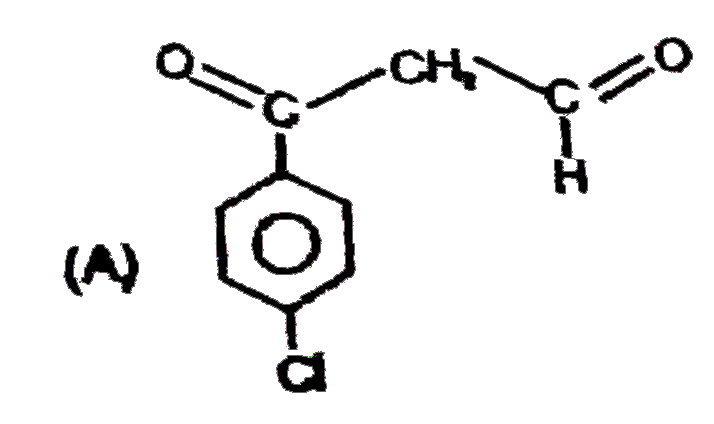
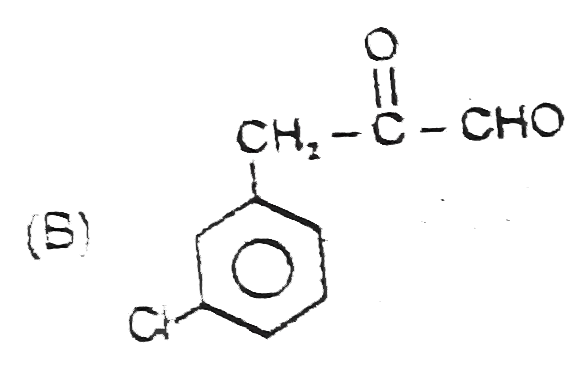
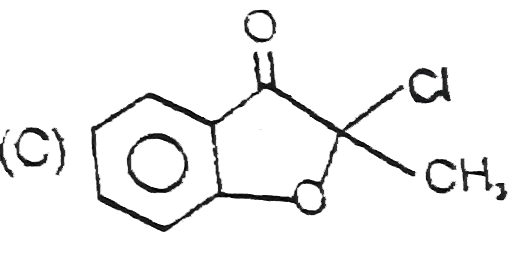

The correct Answer is:D
Topper's Solved these Questions
Similar Questions
The compound C5H13N is optically active and reacts with HONO to give C5H11OH. The compound is
View SolutionAn organic compound 'A'(C4H10O) is optically active. On mild oxidation, it gives a compound 'B'(C4H8O) but upon vigorous oxidation, it gives another compound 'C'(C3H6O2). The compound 'C' along with 'D' are also formed from 'B' by reacting with iodine in the presence of alkali. Deduce the structures of 'A','B','C' and 'D'.
View Solution
Knowledge Check
- Question 1 - Select One
Compound (A) C6H12O is optically active. Compound (A) give negative Tollens test and positive test with 2-4-di-nitro phenyl hydrazine. Identify A.
A B
B C
C D
D
(W) and (X) are optically active isomers of C5H9Cl (W) on treatment with 1mol of H2 is converted to an optically inactive compound (Y), but (X) gives an optically actgive compound (Z) under the same conditions. Give the sturcture of (Y) and the configurations of (W),(X) and (Z) in Fischer projections.
View SolutionAn optically active compound A (assume dextrorotatory) has the molecular formula C7H11Br. A reacts with hydrogen bromide, in the absence of peroxides to yield isomeric products, B and C, with the molecular formula C7H12Br2. Compound B is optically active, C is not. Treating B with 1 mol of potassium butoxide yields (+)−A. Treating C with 1 mol of potassium tert-butoxide yields (±)−A. Treating A with potassium tert-butoxide yields D(C7H10). Subjecting 1 mol of D to ozonolysis followed by treatement with zinc and acetic acid yields 2 moles of formaldehyde and 1 mole of 1,3-cyclopentanedione.
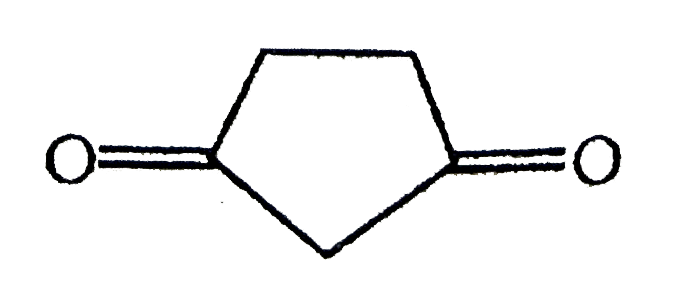
The optically active compound 'A' isView SolutionAn optically active compound A (assume dextrorotatory) has the molecular formula C7H11Br. A reacts with hydrogen bromide, in the absence of peroxides to yield isomeric products, B and C, with the molecular formula C7H12Br2. Compound B is optically active, C is not. Treating B with 1 mol of potassium butoxide yields (+)−A. Treating C with 1 mol of potassium tert-butoxide yields (±)−A. Treating A with potassium tert-butoxide yields D(C7H10). Subjecting 1 mol of D to ozonolysis followed by treatement with zinc and acetic acid yields 2 moles of formaldehyde and 1 mole of 1,3-cyclopentanedione.
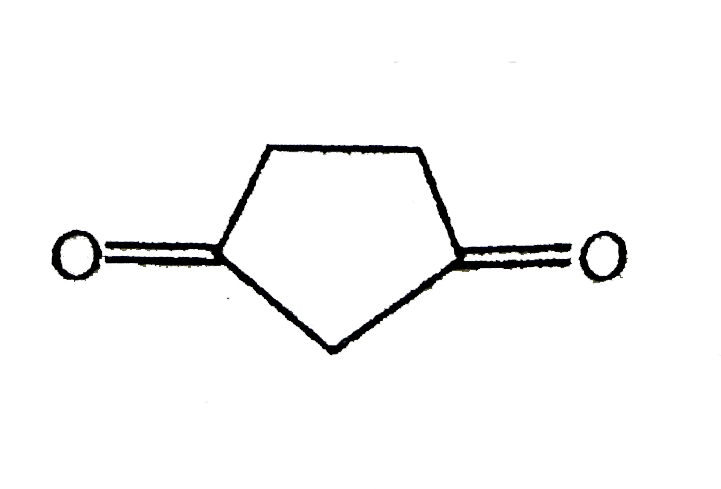
The compound 'B' is:View SolutionCompound (A), C8H6NOBr, is optically active. Reduction of (A) gives (B) which reacts with nitrouos acid to form (C), dihydric alcohol. Benzene sulphonyl chloride reacts with (B) to give a product soluble in NaOH. Hydrolysis of (A) gives (D) which is an optically active acid. (A) does not give any precipitate with aqueous AgNO3 . Controlled oxidation of (A) gives monobromo benzoic acid. Compound (A) on reaction with Br2/Fe gives only one compound. Identify (A), (B), (C), and (D).
View SolutionAn alkyl halide having molecular formula C4H9Cl is optically active. What is its structure?
View SolutionCompound (A) of molecular formula C9H7O2Cl exists in ketoform and predominantly in enolic form (B). On oxidation with KMnO4, (A) gives m-chlorobenzoic acid. Identify (A) and (B).
View SolutionCompound (A) C5H8O2 liberated CO2 on reaction with sodium bicarbonate. It exists in two forms neither of which is optically active. It yielded compound (B) C5H10O2 on hydrogenation. Compound (B) can be separated into enantiomorphs. Write structures of (A) and (B).
View Solution


